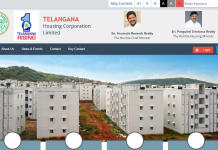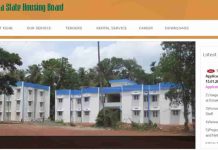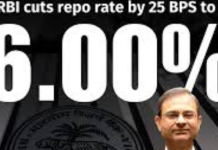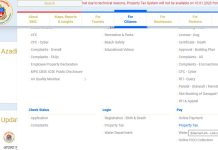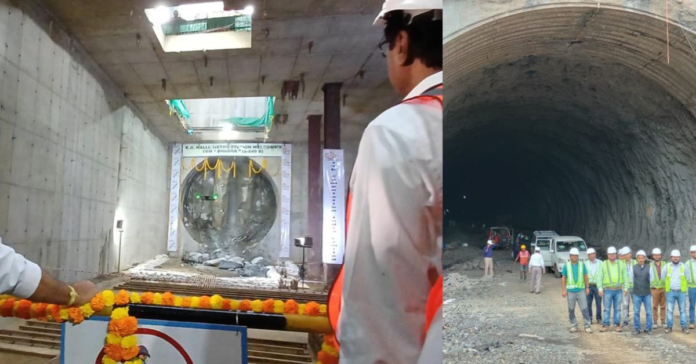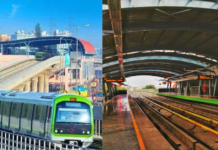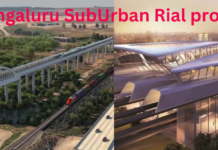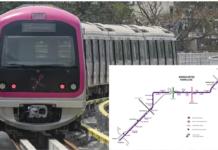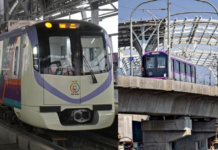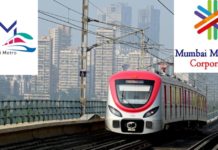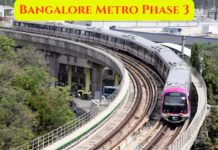Introduction
Bengaluru, often hailed as India’s Silicon Valley, is set to undergo a transformative infrastructure upgrade with the construction of twin tube tunnel roads. These tunnels will significantly improve connectivity across the city’s crucial north-south and east-west corridors. This article delves into the feasibility, costs, and strategic advantages of the Bengaluru twin tube tunnels project, providing an in-depth overview of this ambitious endeavor.
Project Cost and Feasibility Review
According to a recent feasibility study conducted by M/s Althinok Consulting Engineering Inc. from New Delhi, the construction of twin tube tunnels is deemed more feasible than single tube tunnels for Bengaluru’s high-density corridors. The study, valued at ₹5.54 crore, highlights several key points:
- Project Funding: Post-State Budget, the Bruhat Bengaluru Mahanagara Palike (BBMP) allocated ₹200 crore under the “Brand Bengaluru: Sugama Sanchara Bengaluru” initiative for the preliminary project report.
- Cost Estimates:
- North-South Corridor: The estimated cost for twin tube tunnels spanning from Hebbal Junction to Silk Board (18.5 km) is ₹12,690 crore, compared to ₹11,065 crore for single tube tunnels. For the complete 24.5 km length, the cost per kilometer for twin tubes stands at ₹600 crore.
- East-West Corridor: The 30 km corridor from K.R. Puram to Mysuru Road will cost approximately ₹18,000 crore for twin tubes. The combined cost for both corridors, totaling 54.5 km, is projected at ₹32,700 crore.
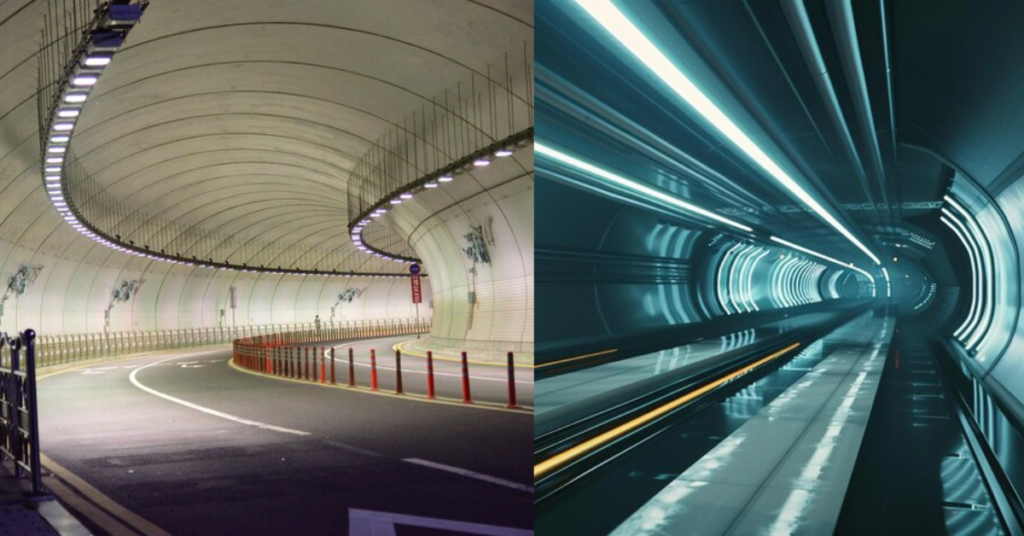
Twin tube tunnels bengaluru project: Highlights
| Aspect | North-South Corridor | East-West Corridor | Combined Total |
|---|---|---|---|
| Length | 18.5 km (total 24.5 km) | 30 km | 54.5 km |
| Estimated Cost (Twin Tube) | ₹12,690 crore | ₹18,000 crore | ₹32,700 crore |
| Estimated Cost (Single Tube) | ₹11,065 crore | Not specified | Not specified |
| Cost per km (Twin Tube) | ₹600 crore | Not specified | Not specified |
| Study Cost | ₹5.54 crore | – | – |
| BBMP Budget Allocation | ₹200 crore (for preliminary report) | – | – |
| Design Features | Tube 1: Entry ramps from Chalukya Circle, K.R. Circle; Exit ramps towards Silk Board. <br> Tube 2: Entry ramp from Silk Board; Exit ramps towards Hebbal and Dairy Circle. | Not detailed yet. | – |
| Single Tube Feasibility | Less feasible for long distances; requires more ramps/intersections. | Not detailed yet. | – |
Design and Construction Details
The design and construction of the twin tube tunnels involve several strategic features:
- North-South Corridor Design:
- Tube 1: Includes entry ramps from Chalukya Circle and K.R. Circle and an exit ramp towards Silk Board.
- Tube 2: Features an entry ramp from Silk Board and an exit ramp towards Hebbal, with an additional exit ramp connecting to Tube 1 at Dairy Circle.
- East-West Corridor:
- Project Scope: The 30 km tunnel will integrate advanced safety features and efficient traffic management systems to handle high traffic volumes.
Also read: Bengaluru Double Decker Flyover: Stations, Route and Latest news
Advantages of Twin Tube Tunnels
- Safety Enhancements:
- Improved Safety: Twin tube tunnels offer better safety compared to single tube designs. They provide separate lanes for each direction, minimizing the risk of head-on collisions and improving emergency response.
- Efficient Traffic Flow:
- Seamless Movement: With dedicated lanes for each direction, twin tube tunnels reduce congestion and facilitate smoother traffic movement, addressing the city’s growing transportation demands.
- Reduced Surface Disruption:
- Minimal Impact: Constructing tunnels underground limits disruption to surface activities and maintains the continuity of urban life.
- Long-Term Investment:
- Durability and Capacity: Although the initial investment is higher, twin tube tunnels offer long-term benefits through increased capacity and reduced maintenance costs.
Comparison with Single Tube Tunnels
While single tube tunnels are less expensive, they present challenges for long distances:
- Single Tube Limitations: Single tube tunnels, such as those in Turkey, are typically short and require more ramps and intersections for adequate traffic management. For a length of 18.5 km, single tubes become less feasible due to the complexity of design and increased costs for additional ramps.
Challenges
- Financial Burden: The project’s estimated cost of ₹32,700 crore is substantial. Securing adequate funding and financial management will be critical.
- Technical Complexity: Constructing twin tube tunnels in an urban environment is a complex engineering feat. Addressing technical challenges and ensuring project timelines will be crucial.
- Land Acquisition: Acquiring the necessary land for the project, especially in a densely populated city like Bengaluru, could be a formidable task.
- Traffic Management: Implementing traffic diversions during construction and ensuring smooth traffic flow once the tunnels are operational will require careful planning.
- Public Opinion: Generating public support and addressing concerns about potential disruptions during construction is essential for project success.
Also read: Bengaluru Skydeck Project : A Comprehensive Guide to the 250-Meter Tower
Opportunities
- Economic Growth: The project is expected to create numerous job opportunities during construction and operation phases, boosting the local economy.
- Real Estate Development: Improved connectivity and reduced travel times could lead to increased property values in the vicinity of the tunnels.
- Technological Advancements: The project can serve as a platform for testing and implementing advanced technologies in transportation, such as autonomous vehicles and intelligent traffic management systems.
- City Image: Successful completion of the twin tube tunnel project will enhance Bengaluru’s reputation as a forward-thinking city and attract investments.
Future Outlook
The BBMP is poised to commence work on these tunnels following the tendering process. The twin tube tunnels are expected to enhance Bengaluru’s infrastructure, addressing current traffic issues and supporting the city’s future growth.
Conclusion
The twin tube tunnel roads for Bengaluru’s north-south and east-west corridors represent a critical advancement in the city’s infrastructure strategy. By addressing key challenges such as traffic congestion and safety, these tunnels promise to significantly improve urban mobility and contribute to the city’s long-term development.
Frequently Asked Questions:
The twin tube tunnel project aims to enhance connectivity and alleviate traffic congestion across Bengaluru’s key north-south and east-west corridors, significantly improving urban mobility.
North-South Corridor (Hebbal Junction to Silk Board): Estimated at ₹12,690 crore for twin tubes.
East-West Corridor (K.R. Puram to Mysuru Road): Estimated at ₹18,000 crore for twin tubes.
Combined Total: Approximately ₹32,700 crore for both corridors
Tube 1: Entry ramps from Chalukya Circle and K.R. Circle; Exit ramp towards Silk Board.
Tube 2: Entry ramp from Silk Board; Exit ramps towards Hebbal and Dairy Circle.
Challenges include the substantial financial burden of ₹32,700 crore, technical complexities of urban tunnel construction, land acquisition issues, traffic management during construction, and the need for public support
The BBMP plans to start work on the tunnels following the tendering process. The timeline will depend on various factors, including project planning, funding, and construction progress.
Suggested Articles:
Bengaluru Double Decker Flyover: Stations, Route and Latest news
Bengaluru Skydeck Project : A Comprehensive Guide to the 250-Meter Tower
New Bengaluru Metro Yellow Line: Stations, Operating Hours, and Economic Impact






